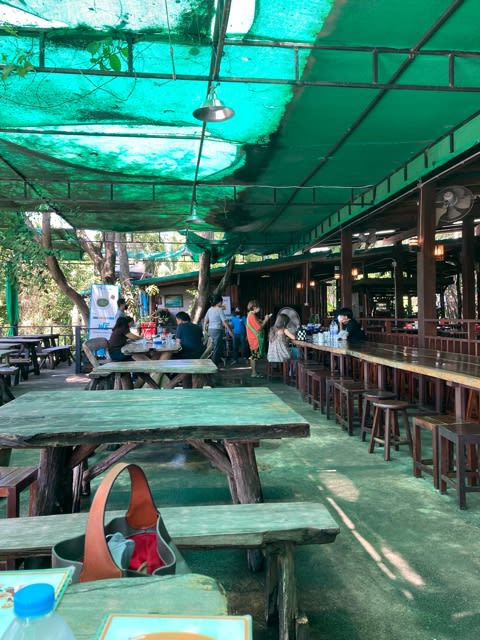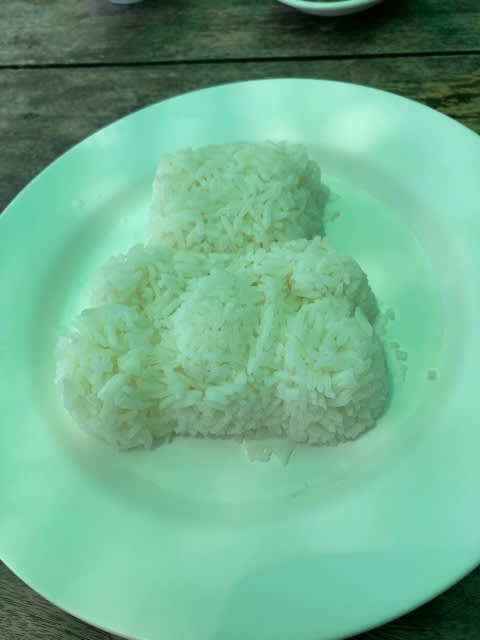前回はコロナで閉鎖中。どこへ行くのか知らずに友達に連れて行かれた博物館。博物館から見える光景です。ここに日本軍がオーストラリア軍の捕虜に鉄道を敷かせて多くの犠牲者が出た所。今もその線路跡3キロを歩くことができる。そこにオーストラリア政府とタイ政府が建てた博物館。40度近い暑さでちょっとだけ歩いた。
この博物館は
The Hellfire Pass Memorial Museum and the preservation of the Hellfire Pass itself had its origins in 1983 when former Prisoner of War J.G. (Tom) Morris toured the area in Thailand and resolved to convince the Australian Government that portions of the Thai-Burma Death Railway should be preserved as an historical site. As a result of his efforts, the Snowy Mountains Engineering Corporation (SMEC) was commissioned in 1984 to make a survey of the railway to choose a suitable site. Jim Appleby, a SMEC engineer at the Khao Laem dam-site on the upper Kwai Noi, did much of the ground work and passed his reports to the Australian-Thai Chamber of Commerce in 1985. The first Dawn Service was held at the Hellfire Pass on Anzac Day, 1990, and the preservation and museum developed through efforts by both the Thai and Australian governments.
この説明は、下のリンクの引用です。
この記事によると
「タイは第2次世界大戦中、日本と同盟を結び敗戦国となったが、抗日レジスタンスの活動などが考慮され、連合軍の植民地にならず占領を免れた。多くのタイ人は、「戦争の被害者」という意識はあまりない。しかし、戦争によって人生を狂わされ、戦争の残酷さに直面した人たちは少なからずいる。旧日本軍がタイとビルマ(現ミャンマー)の間に建設した泰緬(たいめん)(注)鉄道もそうした悲劇の現場の一つだ。」
観光客に有名なクエー川の鉄橋とつながる鉄道。40℃ではちょっと全部歩けないので、ちょっとだけ歩いた。平和への祈りを込めて祈った。


途中で前回来て博物館が閉鎖中で引き返し、お昼を食べた所でまたお昼。
とてもローカルなタイ料理













